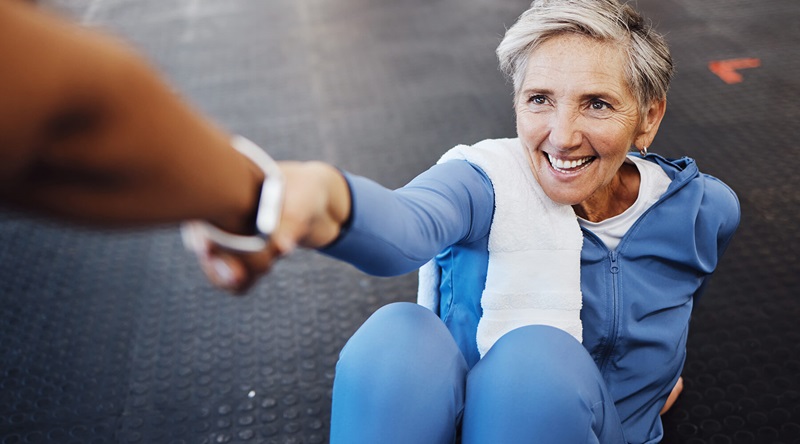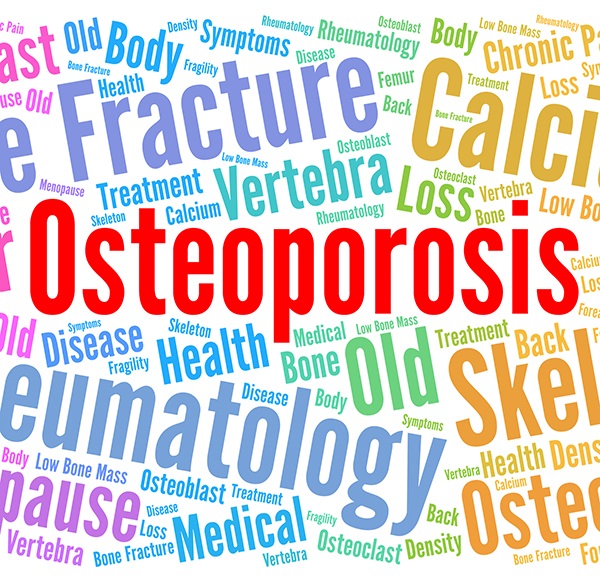IDENTIFICATION OF HIGH RISK PATIENTS
As the population gets older, the number of hip fractures is likely to go up. It is hard to recover from a hip fracture and afterwards many people lose the ability to live on their own which is a threat to the independence and the quality of life of the older person.
Hip fracture is a major cause of disability, dependency and excess mortality among older populations. Furthermore, the health care expenses related to hip fracture treatment increase drastically with the aging population structure. Therefore, the identification of those at highest risk of falling, fracturing and re-fracturing is of increasing relevance, as preventive precautions may reduce the rapidly increasing expenses to some extent. One preventive measure is to provide elderly with hip protectors. For the exposed and fragile elderly at risk taking preventive steps really matters, since the independency and quality of life is maintained.
FACTORS INCREASING RISK OF A FALL
Falls are more common in older people because they are more likely to suffer from other health or age related as well as medical problems that increase their risk of falling, such as:
- Visual impairment (1)
- Gait disturbances and balance disorders (2)
- Muscle weakness (3)
- Mobility impairment (4)
- Low blood pressure (5)
- Dementia (6)
- Incontinence (7)
- Medication (8)
- Slower reflex response (9)
Besides that, the settings in which older people live often contain hazards and problem areas or lack supportive features that could ameliorate risks associated with dangerous areas in the home and community if they were present. To compound these problems, older adults, particularly the oldest old, who may become less mobile because of functional losses, tend to spend more time in and around their homes, thus increasing the potential for home environmental factors to increase the risk of falls.

In general, fall risk factors are described as being either extrinsic or intrinsic in origin. Extrinsic factors tend to be environmentally oriented, such as slippery surfaces; inadequate lighting; loose, deep pile, or worn carpets; staircases without railings etc.
In contrast, intrinsic factors are individually oriented, as in health conditions such as muscle weakness, gait and balance disorders and drug interactions.
In addition to intrinsic and extrinsic factors leading to increased fall risk, behavioral fall risk factors are those that reflect choices of older individuals with respect to how they interact within their environments. Risk-taking behaviors are those that increase the likelihood of adverse physical consequences, such as a fall. Behavioral fall risk factors such as not being careful or alert, not looking where one is going, or being in a hurry while performing daily activities have been cited as preceding circumstances in up to 63% of falls (10).
Generally, fall risk is complicated to assess. Nevertheless, the variety of places where individuals fall, as well as countless other factors which have been identified as fall risks, suggest that the role of the environment is interactive with other intrinsic, extrinsic, and behavioral risk factors.
FACTORS INCREASING RISK OF A FRACTURE
- Low bone density and osteoporosis
- Age
- Gender
- Chronic medical conditions
- Medication
- Nutritional problems
- Physical inactivity
- Tobacco and alcohol abuse (11)
As more women than men suffer from osteoporosis, hip fracture is more common among women.
Women lose more than 30% of their bone mass within five years after menopause. Generally, one in two women over 50 and one in four men will experience an osteoporosis related fracture in their lifetime.
In addition, Caucasians and Asians are more likely to be affected than others. This is primarily because of a higher rate of osteoporosis.
Conditions such as rheumatoid arthritis, malabsorption syndromes, chronic liver and kidney disease, diabetes and neurological disorders also often lead to bone loss, increasing fracture risk (12).

Medical treatment with e.g. synthetic glucocorticoids, prostate and breast cancer drugs, diuretics anti-seizure and mood-altering drugs also weaken the bones, contributing to elevate the fracture risk (13).
Some people can’t perform weight-bearing activity. They include, for example, people who are on prolonged bed rest because of surgery, serious illness, or complications of pregnancy; and those who are experiencing immobilization of some part of the body because of stroke, fracture, spinal cord injury, or other chronic conditions. These people often experience a significant bone loss and are at high risk for developing osteoporosis and having a fracture (14).
FACTORS INCREASING RISK OF A SECOND FRACTURE
A study has identified respiratory disease and dementia as significant risk factors for a second hip fracture. In particular, respiratory disease was associated with a high risk, as many risk factors play a role. Patients with respiratory disease are often underweight, have a low food intake and are thus deficient in calcium and vitamin D. They are often also immobilized from lack of breath contributing to disuse osteoporosis. The accumulation of carbon dioxide from reduced pulmonary function may contribute to loss of calcium from the skeleton. However, the major risk factor for fractures in patients with lung diseases is the use of medication (corticosteroids).
Dementia is most likely related to the risk of second hip fractures through the risk of falls associated with cognitive impairment.
Prior studies have also suggested age as a strong risk factor for a second hip fracture.
However, decreased vitamin D levels from insufficient intake or sunlight exposure may also play a role.
There is a significantly increased risk of new hip fractures within the first year following the incident hip fracture.
Preventive measures may include supplements with calcium and vitamin D, antiresorptive or even anabolic drugs against osteoporosis and hip protectors to prevent the consequences of falls.
SOURCES
[1] https://www.healthinaging.org
[2] https://jaoa.org
[10] www.ncbi.nlm.nih.gov
[11] www.mayoclinic.org
[14] www.bones.nih.gov
FOLLOW US
At Tytex we cherish input from our users. We want to hear and learn from your story - so please connect and share



